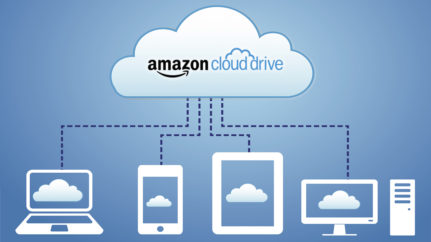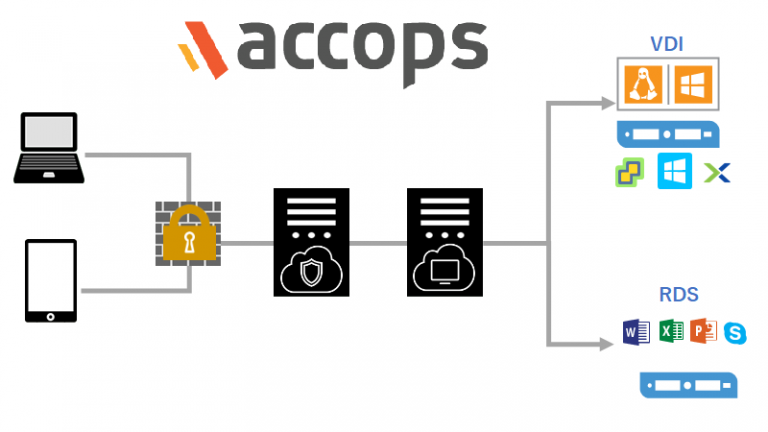
Morro Data provides a reliable replication service that integrates with existing Active Directory environments, and with the cloud-first architecture, makes file server management easy with the scalability and reliability of the cloud at a fraction of the cost of using SharePoint.
#Cloudberry backup active directory software#
For example, this works for synchronizing project files for AutoDesk Revit, which requires the same server name for their project file paths, or integrating with backup software such as Veeam or Cloudberry. IT admins can simply add the CloudNAS shares or replace their existing DFS share targets with CloudNAS shares and continue to use their existing applications and scripts that interact with their file servers. CloudNAS provides application compatibility through its SMB-based file server interface. Morro Data also integrates with Microsoft Active Directory both local and Azure AD for identity management.īy choosing a cloud NAS solution with Morro Data, IT Administrators can leverage their existing Active Directory, Distributed File System, and on-premises file servers across multiple locations. Microsoft will rely on Morro Data’s Cache and Sync to replicate the files to all the CacheDrives providing a best of both worlds solution for on-premises file access through Morro Data’s cloud-based sync engine. Organizations can assign the CacheDrives to their Active Directory Sites and let Microsoft handle file access through the namespace. Cloud NAS integrates with Active Directory allowing organizations to deploy the CacheDrives at different locations while providing the unifying namespace. However, even though Cloud NAS is a proven replacement for DFS replication service, some organizations still want to leverage their DFS solution for virtualizing their interface and providing a single namespace for accessing their file servers. Morro Data Cache and Sync technology solves the replication problem IT administrators face with DFS-R. Integration with Microsoft Active Directory With replication services failing and poor file conflict resolution, organizations are unable to effectively share files between different sites using their local file server interface. An internet search on problems with DFS-R yields many forum posts about problems with the replication service.

Cons of DFS-RĪs promising as DFS-R is as a solution to the problem of synchronizing files between multiple sites, IT administrators are finding out that those promises come up short. DFS also unifies storage under one namespace making it easy for users to find data and for IT administrators to organize their disparate file servers. It also enables IT administrators to provide a centralized file server to multi-site organizations by replicating data between file servers on the site networks. Replication also provided load-balancing to improve performance to users by managing connections to multiple file servers. By including DFS with Replication (DFS-R), servers could be replicated to sync files between two locations or to provide a backup mirror of the primary file server. For IT administrators, the virtualized interface meant that physical servers could be worked on without loss of productivity for users. A single namespace could be specified for the file share host and consolidated many file servers under one location. By virtualizing the interface, users did not have to remember which servers hosted the shares they were trying to access. Morro Data’s integration with Active Directory and SMB protocol support allows IT professionals to get more out of their DFS management, especially when it comes to replicating or syncing files between two different sites.ĭFS allowed IT administrators to virtualize the storage interface between users and the physical file servers. Researching DFS and personal experience with the service results reveals IT administrators’ struggle with using this system, especially when it comes to the Distributed File System Replication service (DFS-R). The challenge is that parts of DFS just don’t work well. Through load balancing and virtualizing the interface to the physical servers, users had faster access to their network files and IT administrators could perform maintenance on physical servers without interrupting service to users.

#Cloudberry backup active directory windows#
As an included service in Windows Server, DFS provides a simple way to make it easier for users to access disparate file servers on a network and for IT administrators to manage the file servers themselves. Microsoft’s Distributed File System (DFS) has been used to improve interaction with file servers for both users and IT administrators. Having DFS Replication Problems? Use CloudNAS instead


 0 kommentar(er)
0 kommentar(er)
